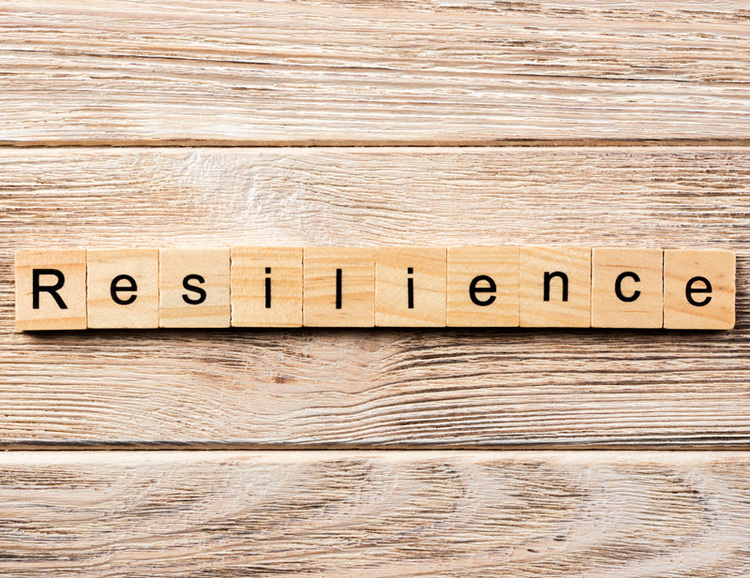Resilience in teaching – Digging Deep for the End of the Year

Teaching is a profession that is full of change and this year has brought about more change than any before, and as we head into the dark winter months and the thought of more challenging times ahead, it is now that teaching staff will need to dig deep and find resilience.
So, what is resilience? Resilience is the ability to react to stressful situations and then recover and bounce back. It is a skill that can be developed and is especially important when you are working in ever-changing or stressful environments as it allows you to be able to emotionally handle these.
Additional strain of teaching in 2020
As we approached a new decade, it was well accepted that whilst teaching was one of the most rewarding job roles; it was a tough profession with long hours, tight budgets and resources and an ever-changing environment.
2020 has brought the curveball of a global pandemic which has seen teaching staff have to operate very differently.
Classrooms moved into virtual spaces as both staff and pupils had to get used to delivering lessons and setting homework over the internet. Zoom lessons became commonplace as everyone had to adapt to using webcams and screen sharing.
Teaching staff also became frontline key workers as schools remained open to teach the children of other key workers and even today, wearing masks and face shields, staff continue to teach with the very credible threat of contracting COVID19.
This is why resilience is crucial.
How can you build resilience?
We all know that healthy stress can be a good thing; it stretches us and helps us to develop. When that stress becomes too much, however, the ability to bounce back becomes less frequent and more difficult to do.
Resilience is often referred to as being similar to an elastic band – when you stretch it, it will bounce back, however, if you continue to stretch it or stretch it too far, it will ultimately lose its elasticity and perhaps even snap. The same can be said for humans.
Building your resilience is crucial to helping you cope with the stressful situations that are around us, so here are five ways that you can do that.
Get more sleep and do some exercise. Yes, we know it sounds simple and hard to do when you are in an endless cycle of working, but going to bed an hour early, or just going for a weekly walk will do wonders for your mind and body which in turn helps you to cope with life’s challenges.
Develop strong relationships with your colleagues. Talk through issues with one another, offer lifelines of support when required and treat each other with empathy. Sometimes having a strong network of support can make a huge difference.
Be flexible – change often increases stress levels, and people who are less flexible or more resistant to change will find this difficult to manage. We all know that plans can change – especially in the current environments, so learn to let go and be adaptable.
Choose your response – the fight or flight approach can have a huge effect on how we react in a difficult or crisis situation. We can choose to panic, or we can take a more logical approach. Only you can control your reaction.
Build your self-confidence. Resilient people have a can-do attitude to succeeding and overcoming issues. Having a strong sense of self will allow you to keep moving forwards, even in the face of adversity.
Resilience will help us through the remainder of 2020 and will help our pupils.
It is the responsibility of teaching staff to be role models for the children whom we teach.
If we develop our own resilience, we can help them and build theirs also through the promotion of wellbeing, openness, talking through difficulties and by motivating them.
Ultimately in what has been a challenging start to this decade, we can all have a positive impact through the resilience that we display.
